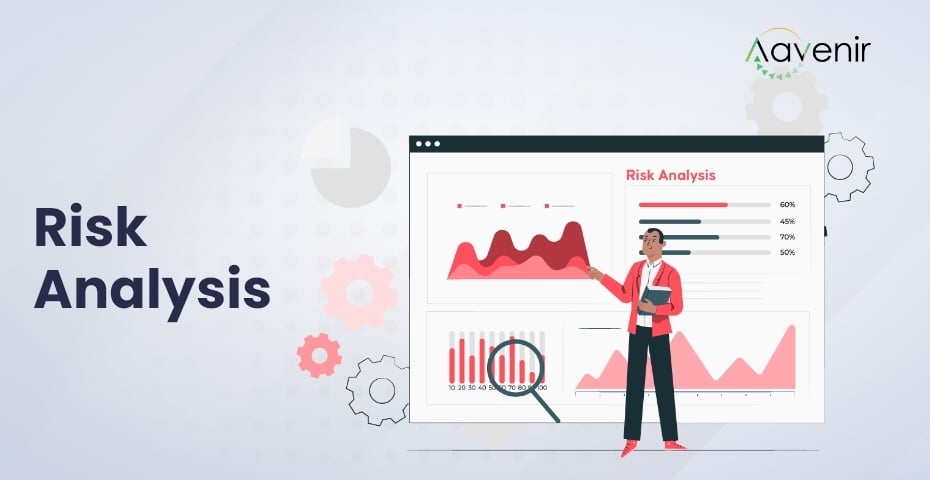Risk Analysis
Risk analysis is the process of identifying and analyzing potential issues that could negatively impact key business initiatives or projects. This process is done in order to help organizations avoid or mitigate those risks.

Understanding Risk Analysis
Risk analysis is the process of assessing the likelihood of an adverse event occurring within the corporate, government, or environmental sector. Risk analysis is the study of the underlying uncertainty of a given course of action. It refers to the uncertainty of forecasted cash flow streams, the variance of portfolio or stock returns, the probability of a project's success or failure, and possible future economic states.
Risk analysts often work in tandem with forecasting professionals to minimize future adverse unforeseen effects. All firms and individuals face certain risks; without risk, rewards are less likely. The problem is that too much risk can lead to failure. Risk analysis allows a balance to be struck between taking risks and reducing them.
Key Takeaways
- Risk analysis seeks to identify, measure, and mitigate various risk exposures or hazards facing a business, investment, or project.
- Quantitative risk analysis uses mathematical models and simulations to assign numerical values to risk.
- Qualitative risk analysis relies on a person's subjective judgment to build a theoretical risk model for a given scenario.
- Risk analysis is often both an art and a science.
Types of Risk Analysis
Risk analysis can be quantitative or qualitative.
1. Quantitative Risk Analysis
Under quantitative risk analysis, a risk model is built using simulation or deterministic statistics to assign numerical values to risk. Inputs that are mostly assumptions and random variables are fed into a risk model.
For any given range of input, the model generates a range of output or outcomes. The model's output is analyzed using graphs, scenario analysis, and sensitivity analysis by risk managers to make decisions to mitigate and deal with the risks.
For example, an American company that operates on a global scale might want to know how its bottom line would fare if the exchange rate of select countries strengthens. A sensitivity table shows how outcomes vary when one or more random variables or assumptions are changed.
2. Qualitative Risk Analysis
Qualitative risk analysis is an analytical method that does not identify and evaluate risks with numerical and quantitative ratings. Qualitative analysis involves a written definition of the uncertainties, an evaluation of the extent of the impact (if the risk ensues), and countermeasure plans in the case of an adverse event occurring.
Qualitative risk tools include SWOT analysis, cause and effect diagrams, decision matrix, game theory, etc.
For example, a firm that wants to measure the impact of a security breach on its servers may use a qualitative risk technique to help prepare it for any lost income that may occur from a data breach.

